bonsai tree, culture, japanese home decor, japanese lantern, noren curtain, shoji screen, wall fan
Japanese Home Decor: The Best Five Items for Your Home
Thuy Fang
Posted on September 20, 2022
Share:
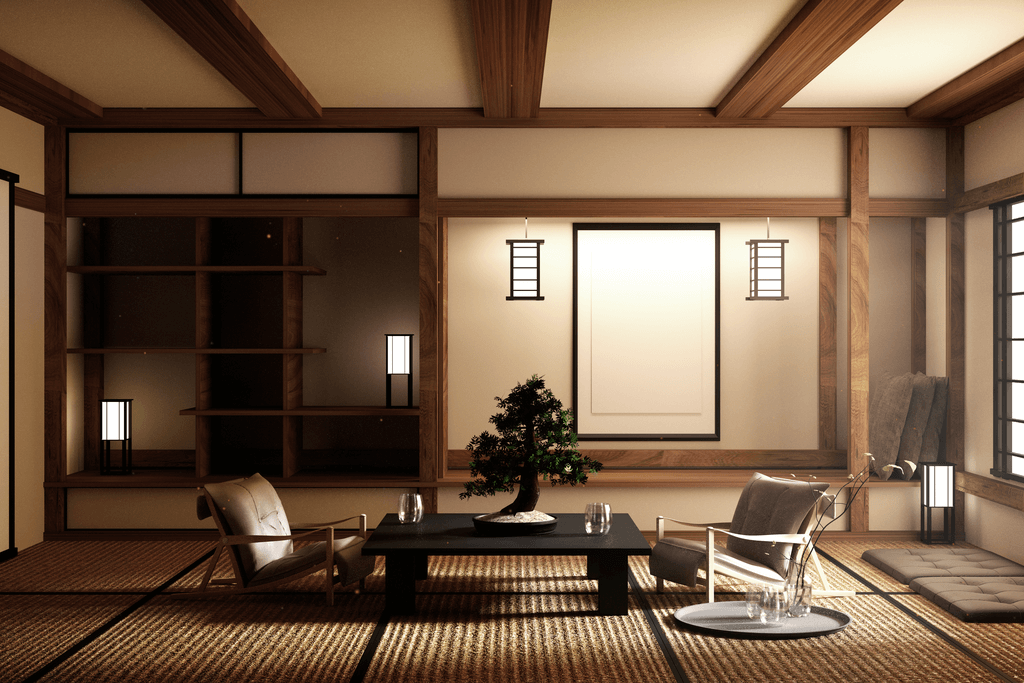
Japanese home decor is one of the most as the most delicate and polished interior design styles of all time. If you find its minimalist style fascinating, then traditional Japanese home decor is perfect for you. In this article, we’re happy to recommend to you the five best decorative items which must help you indulge yourself in Japanese culture in your own home.
1. Japanese Lantern
First and foremost, we have to mention the modern Japanese lantern, a distinct item in many Japanese houses. Traditional paper lanterns inspire the elegant look of the modern version. Unlike those lanterns, the modern lanterns aren’t hung up but they are usually placed beside low tables and seats in the living rooms. A classic lantern usually has a square shape. However, there are various forms nowadays such as cylinder shape and twisting shape.
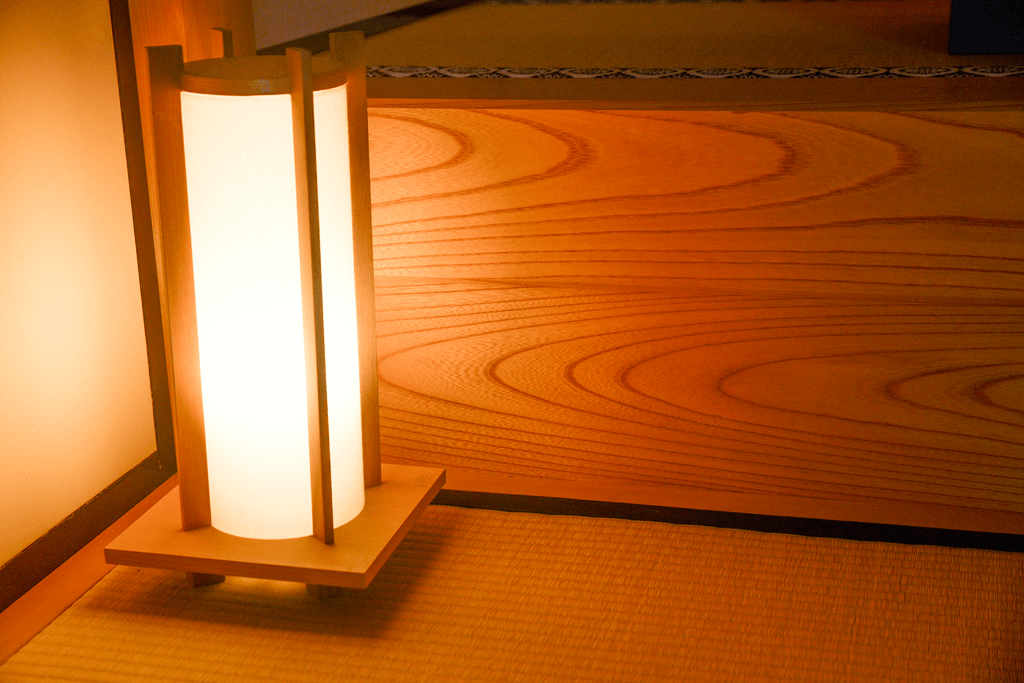
Wood and fabric are the two popular materials that artisans use to craft the majority of Japanese lanterns. However, some modern-style ones contain metal frames/bases instead of wood. Typically, a Japanese lantern has a white, beige, or light-yellow panel with a plain pattern which truly helps it best perform its warm and relaxing light in the table area.
2. Shoji Screen
Shoji screens can be Japanese room dividers, doors, or windows. They were modified from their only origin, Chinese traditional folding screens. A typical shoji screen is made of a wooden frame, then the artisan lines it with fabric, wicker, or rice paper. The artistic values of a shoji screen often lie in the delicate and aesthetic paintings on the screen or simply the plain colors of wood, paper, or cloth.
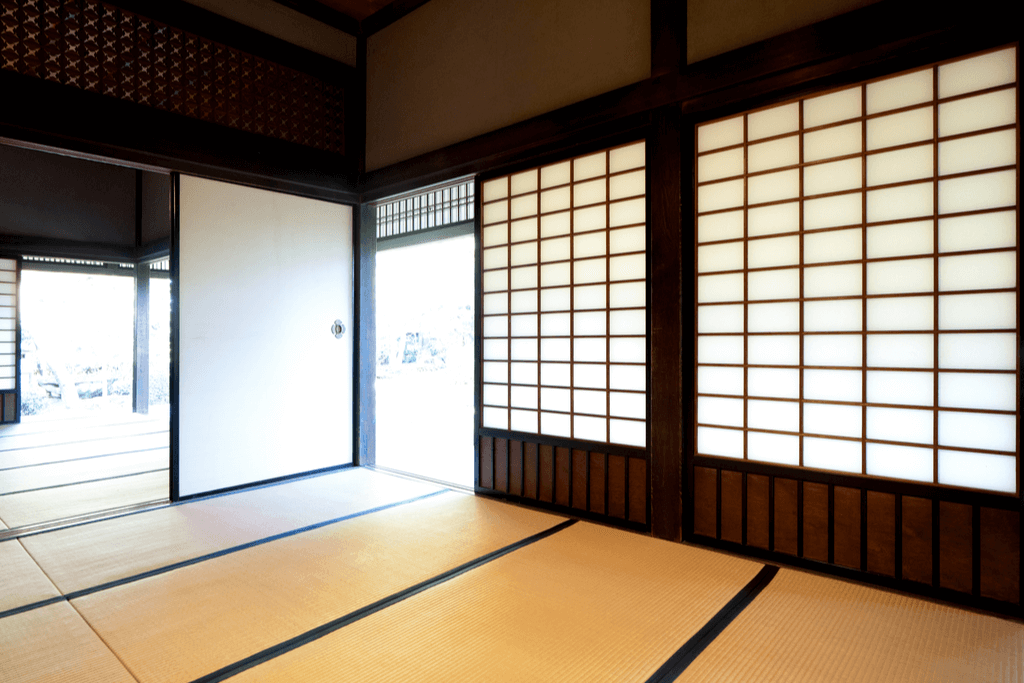
There are about six major types of shoji screens and each type is distinctive by its own appearance features and functions:
- Byobu: a portable folding screen providing privacy inside the room or used as a wind blocker screen
- Tsuitate: a portable single panel mostly used as an entrance screen.
- Fusuma: a sliding door
- Shoji: a transparent paper door or window.
- Tobusuma: a fully-wooden sliding door or screen.
- Yukimi-shoji: a window whose bottom half is able to be slid upwards to disclose a garden view.
Besides all the main functions, the shoji screen may be a perfect Japanese decor item that brings a traditional feel to your living room or bedroom. It might be an excellent interior design scheme for your home. Especially since shoji screens can act as sliding doors, which separates rooms in your Japanese-style home.
Ready to be even more immersed in the world of traditional Japan? Sakuraco ships traditional Japanese sweets & snacks from Japan straight to your door.
3. Bonsai Tree
Recognized as a unique artform in Japanese culture, the bonsai trees are a perfect example of minimalism. Having a bonsai tree in your home is a great addition to your home’s minimalist aesthetic. It also creates a fresh and airy atmosphere for your home and assist the owner to alleviate stress. There’s nothing better than returning home to take care of the dear bonsai tree. It’s especially rewarding after a tiring day of work to admire the bonsai’s natural beauty .
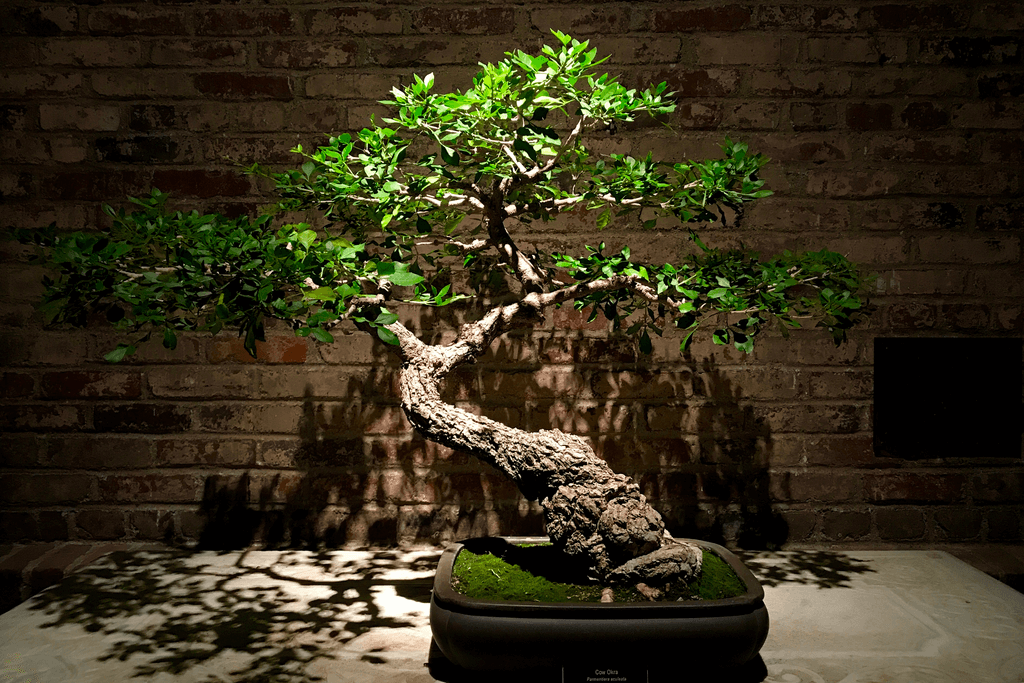
People say that almost every bonsai tree has its own form and design. Also, depending on the tree species, the leaf colors of bonsai trees are diverse. For instance, the Japanese red maple bonsai will show you many red leaves while the juniper bonsai will provide a fresh green color to your room.
4. Noren Curtain
This is the traditional Japanese doorway curtain which is made from fabric. You can easily come across distinctive noren curtains when visiting conventional Japanese restaurants, shops, and even onsen (Japanese hot spring resorts). These curtains may have very artistic painting patterns ranging from stunning nature to lively animals. However, in some cases, noren curtains are simply decorated with kanji (Chinese characters) or Japanese clan symbols.
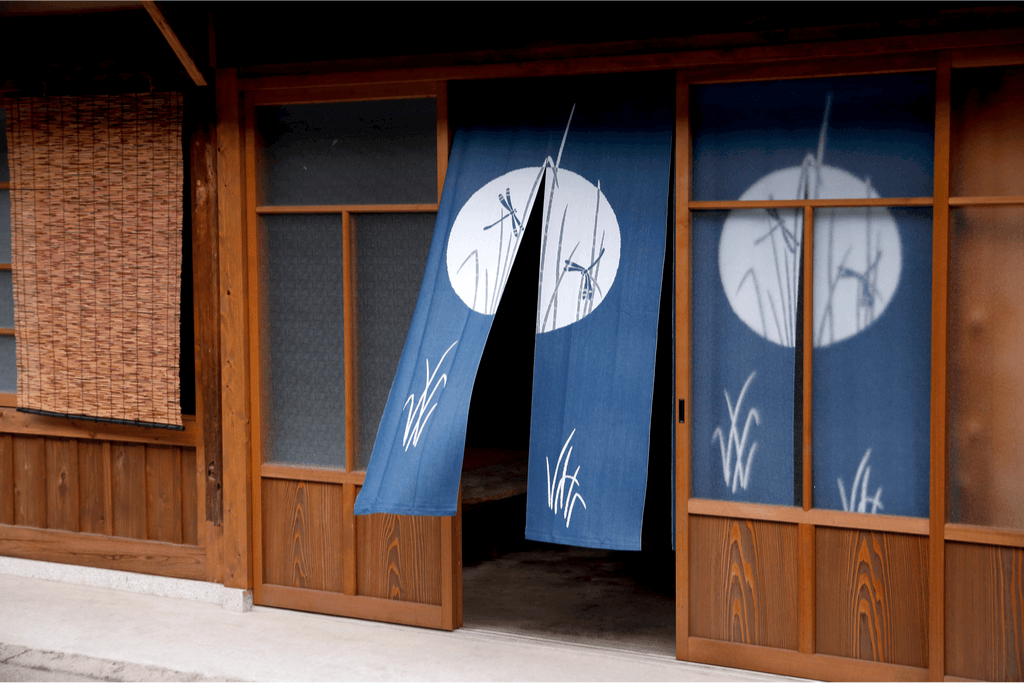
Using a noren curtain is also one of the most helpful Japanese decor ideas because of its broad use in Japanese people’s lives. With a Japanese noren curtain hung on the entrance, your home will immediately become more elegant and sophisticated. The decorative curtain’s design will create a strong, yet harmonious division within your home.
5. Japanese Wall Folding Fan
The decorative wall folding fans usually have gigantic sizes to draw the attention of visitors to Japanese houses. There are a variety of magnificent patterns on every wall folding fan, namely pastoral landscapes and bright-colored flower paintings. Artisans typically make the fan’s fram from bamboo, then cover it with washi paper, silk, or cotton cloth.
Throughout Japanese history, the folding fan, also known as ogi, has become one of the iconic and versatile items for people in the land of cherry blossoms.
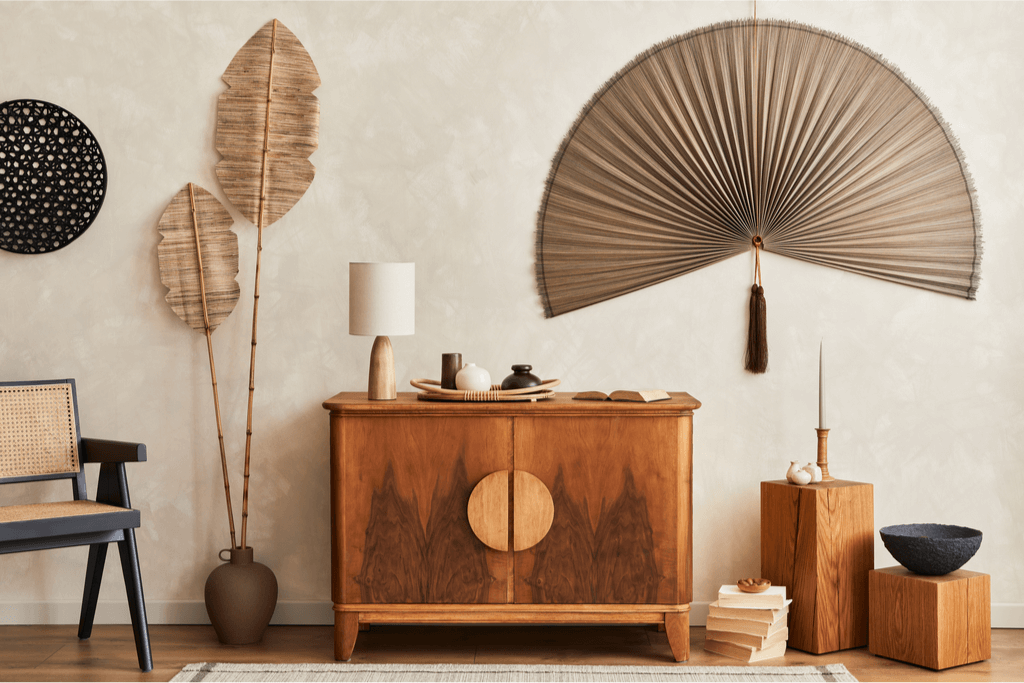
It is an attractive fashion accessory and an essential attachment in many traditional Japanese dance performances. To put it even more simply, an ogi is a classic, yet effective item that helps people overcome a scorching summer. Thus, the folding fan became a beautiful Japanese decor item that is indispensable in numerous Japanese-style homes.
We hope that with only a few suggested decorative items, you’ve already kept in mind some needed things that can turn your home or your own bedroom into a cozy Japanese-style space. Please let us know your Japanese home decor wish list in the comments below!

Discover authentic flavors with Sakuraco
Get Sakuraco 

Discover authentic flavors with Sakuraco
Get Sakuraco 
Related Articles

Steam Train in Shizuoka: Riding the Oigawa Railway
For travelers who love history, beautiful views, and cozy retro vibes, this steam train is one of Shizuoka’s most charming treasures, with some of the best views. If you want to know more about this train, keep reading below!

Nara Japan: The Amazing Legend of the Sacred Dragon
In Japanese culture, dragons are spiritual beings that represent strength, prosperity, and a harmonious balance with the natural forces. Nara, Japan, has a unique story associated with sacred ponds and revered shrines throughout the region.

Nambu Tekki: Morioka’s Amazing Iron Craft
In the historic city of Morioka, Iwate Prefecture, a craft with over 400 years of history continues to captivate with its rustic beauty and practical charm. Nambu tekki, or Nambu cast iron, refers to traditional ironware, such as teapots, kettles, and decorative pieces, that embody the spirit of Tohoku craftsmanship.

Ebisu: The Cheerful Guardian of Luck and Prosperity
Religion in Japan involves a dizzying array of spirits and beings. These gods are inspired by ancient tales and used to symbolize nature’s bounty. However, they also profoundly impact daily life and are often sought out for help in challenging times



